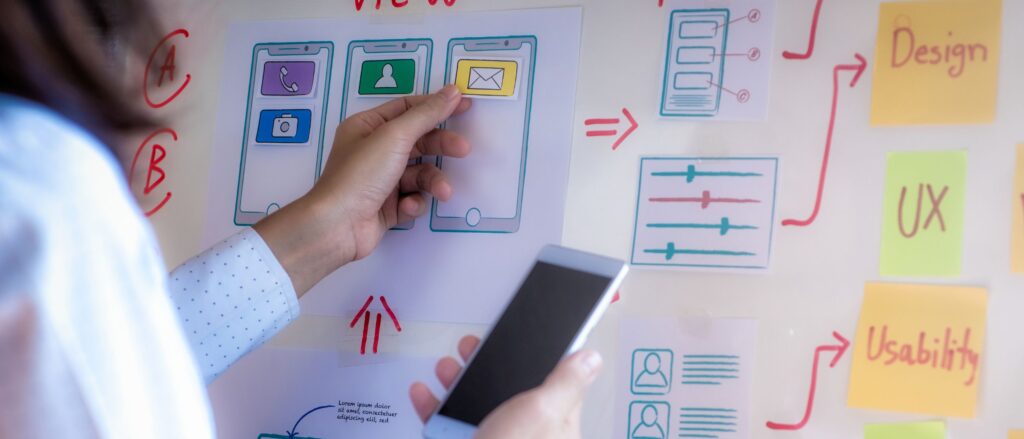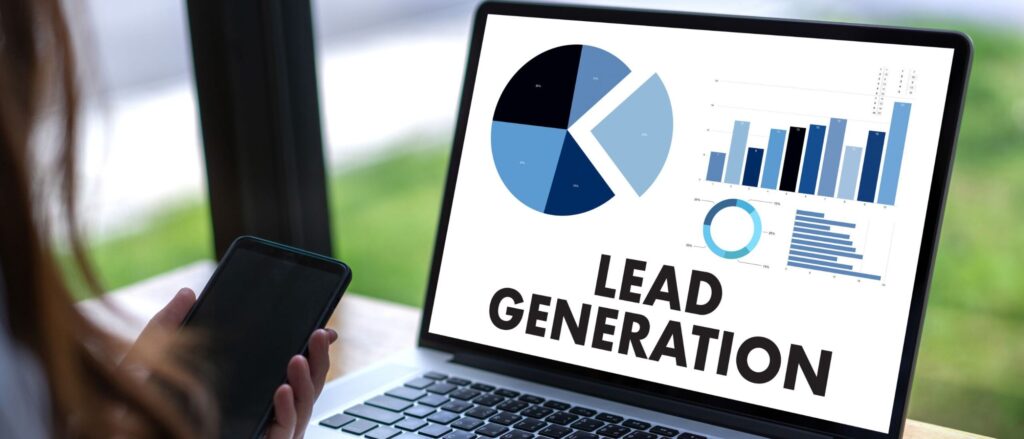The B2B customer journey is often complex and non-linear, involving multiple decision-makers and a longer sales cycle. This process can be broadly segmented into three main stages: awareness, consideration, and decision.
In the awareness stage, potential clients become aware of a need and start exploring potential solutions.
During the consideration stage, they delve deeper, comparing various providers and offerings to determine the best fit.
Finally, the decision stage sees them making a choice, selecting a supplier that best meets their needs and expectations. Importantly, this journey isn’t strictly linear – clients may revisit stages multiple times as new information surfaces or needs evolve.
Therefore, delivering targeted content and user experiences at each stage is crucial to effectively engage and guide customers through their unique journey.
A customer in the process of looking for a solution is primarily focused on the “awareness” and “consideration” stages of the B2B customer journey.
In the awareness stage, the customer has identified a problem or need in their business and is seeking information to understand the issue better. They might be reading blog posts, industry reports, or watching informational videos to gain a broader perspective on their problem and potential solutions. The primary goal here is to educate themselves about the problem and possible solutions.
In the consideration stage, the customer has a good understanding of their problem and potential solutions, and they are evaluating different providers, products, or services. They might be comparing features, prices, and customer reviews of various offerings. Here, the customer’s focus is on finding the best-fit solution for their specific needs and constraints.
It’s crucial for businesses to provide informative, relevant, and compelling content at these stages, as well as a user-friendly, intuitive experience to guide customers towards choosing their solutions.

But in certain scenarios, businesses might utilize the same marketing funnel for both the awareness and consideration stages of the customer journey. This typically occurs due to the overlap of customer needs and behaviors during these stages.
The lines between awareness and consideration can sometimes blur, especially in the B2B context where purchase decisions are complex and involve managers, tech people, advisors, and more. Customers might oscillate between learning about their problem (awareness) and evaluating solutions (consideration), requiring information that caters to both stages simultaneously.
Moreover, resource constraints may dictate this approach. Developing and implementing separate marketing strategies for each stage is resource-intensive, requiring considerable time, effort, and investment. A combined funnel for both stages might be more feasible, especially for smaller businesses or those with less complex sales processes.
However, this doesn’t mean the specific needs of each stage should be ignored. Within this combined funnel, content and user experiences should still be designed with the distinct needs of the awareness and consideration stages in mind, ensuring customers receive relevant, valuable information throughout their journey.
Creating a unified marketing funnel for both the awareness and consideration stages is a strategic choice, often made when dealing with complex B2B customer journeys or limited resources. It’s important to keep in mind a few key aspects to ensure its success.
Understanding what your customers are looking for at each stage is vital. During the awareness phase, they’re seeking to understand their challenges better, whereas, in the consideration phase, they’re comparing potential solutions. Your funnel should cater to these different needs seamlessly.
Content creation is another essential factor. You need to provide educational content for those in the awareness phase and more detailed, solution-oriented content for those in the consideration phase. This balancing act requires thoughtful planning and execution.
Personalization can make or break your marketing efforts. Each customer’s journey is unique, and they may flip back and forth between awareness and consideration. Your funnel needs to cater to this fluidity and provide relevant content and experiences at each turn.
Then comes the challenge of keeping your customers engaged. Your presence and communication need to be consistent, timely, and impactful across the platforms they use, which can be a tough nut to crack given the often extended sales cycle in B2B contexts.
Finally, measuring your funnel’s performance and continually fine-tuning it is crucial. This means figuring out the right metrics to track and investing in the tools to capture this data.
Despite these challenges, a well-designed, unified marketing funnel for both the awareness and consideration stages can be a powerful tool in guiding your customers through their decision-making process and towards choosing your business
Moving potential customers to the third stage of the journey—where they actually become leads—is a pivotal step in the B2B marketing process. At this decision stage, they’ve recognized their problem, considered potential solutions, and are now ready to take action.
To optimize this process, it’s essential to have clear, compelling calls-to-action (CTAs) throughout your content and website. These CTAs might invite visitors to sign up for a free trial, schedule a demo, download a resource, or contact your sales team. Making this step as easy and enticing as possible can significantly boost lead generation.
Additionally, it’s important to provide potential leads with the assurance they need to take the next step. This might involve showcasing client testimonials, case studies, or industry awards to demonstrate the effectiveness of your solution. You can also offer guarantees, free trials, or easy cancellation policies to lower the perceived risk of becoming a lead.
Remember, the transition from a potential customer to a lead represents a shift in their relationship with your business—from being a passive consumer of your content to actively expressing interest in your solution. Facilitating this transition with strategic actions can greatly enhance your lead-generation efforts.
Damian Geisinger – CEO Skyblue Digital – [email protected]
This article was created using AI copywriting assistance technology. Real humans, curated, edited, proofread, and reviewed the content.
